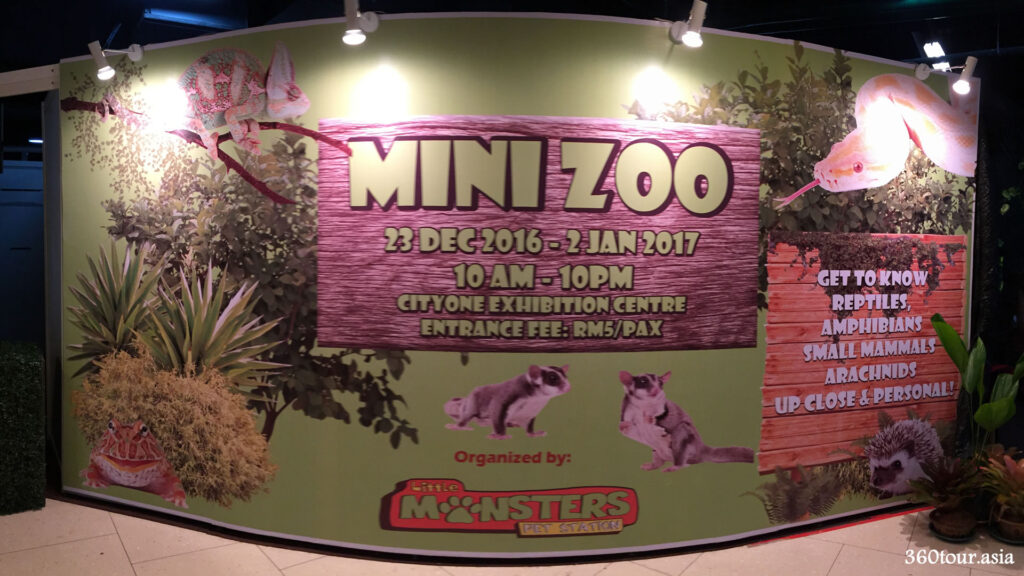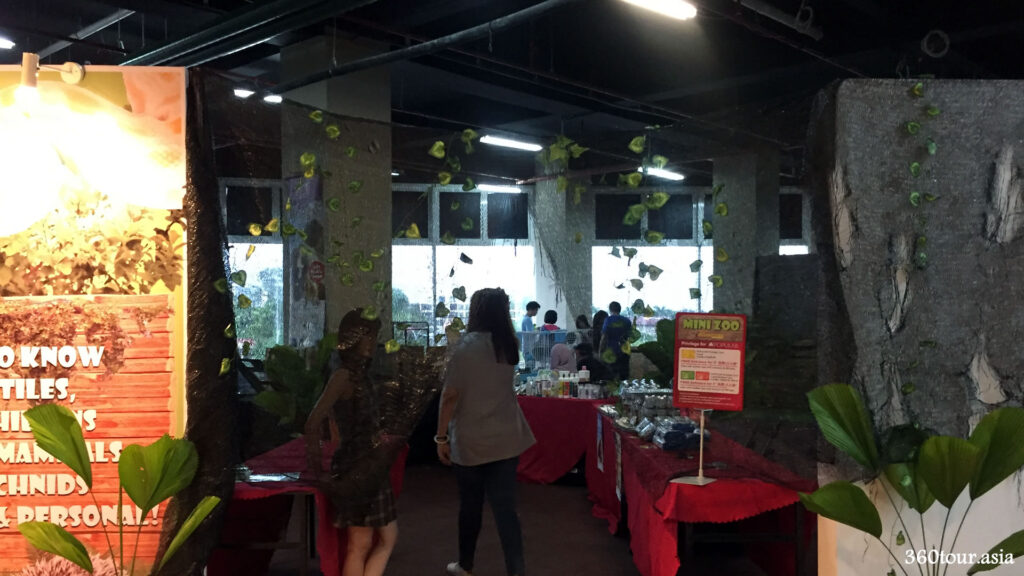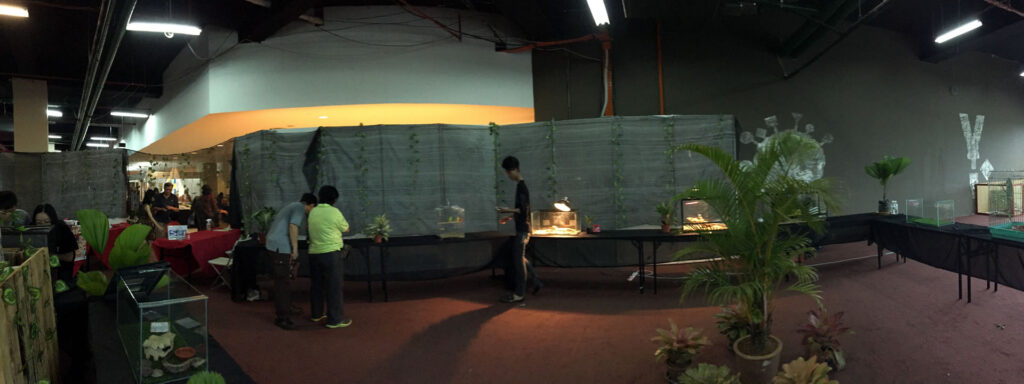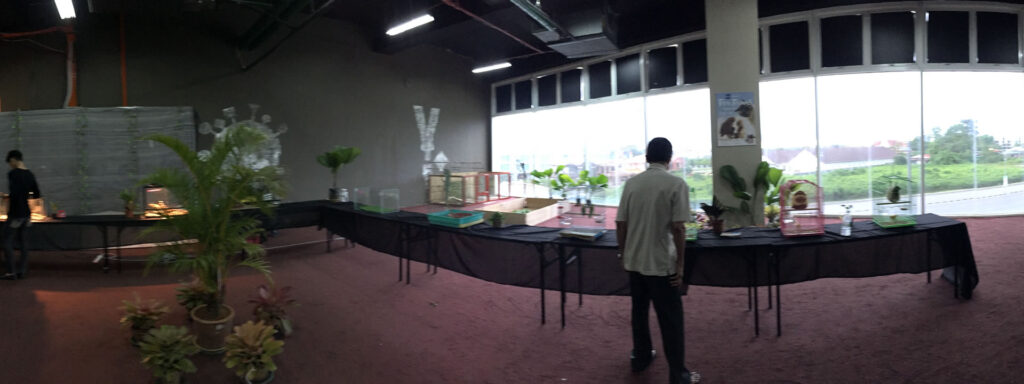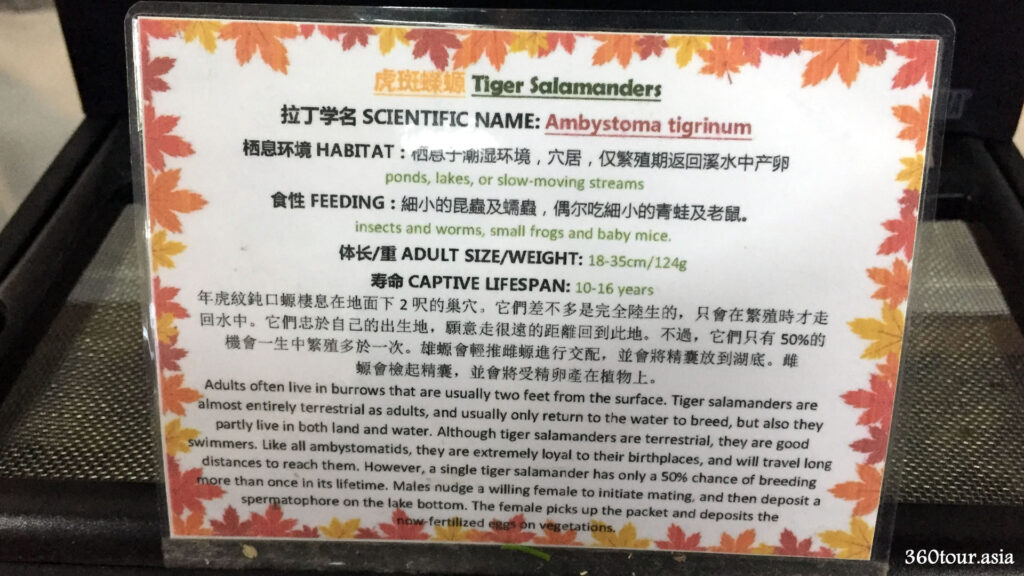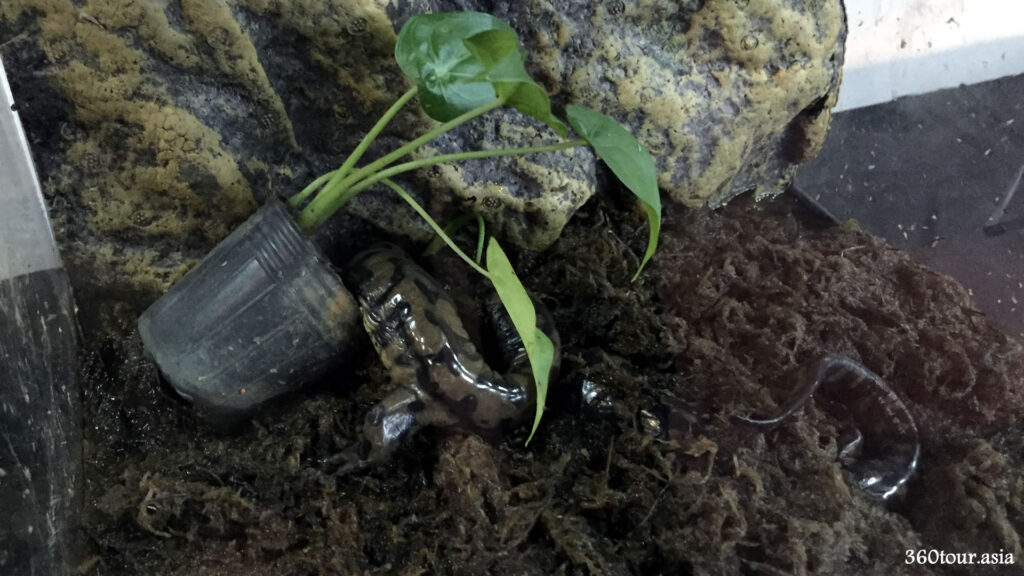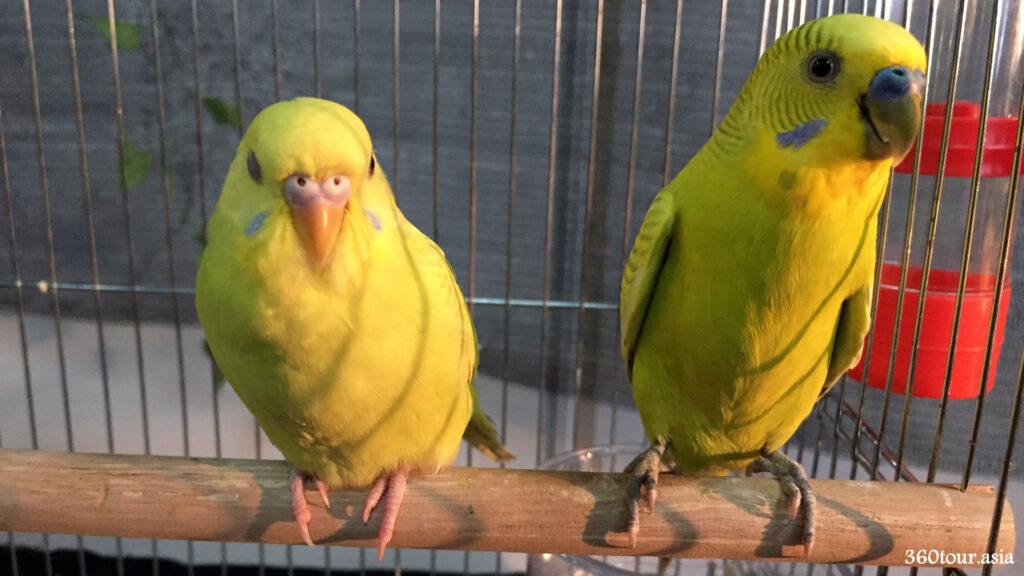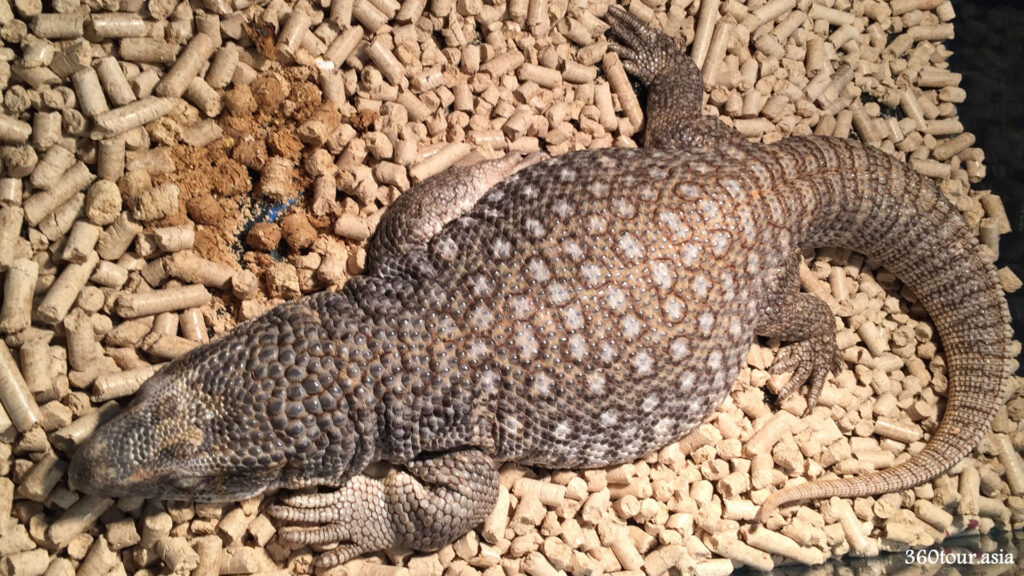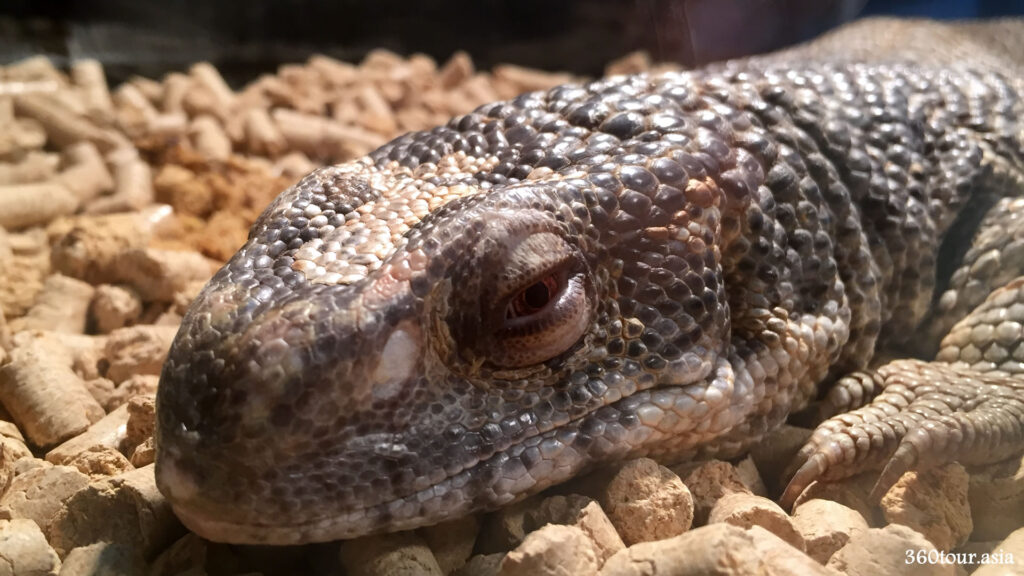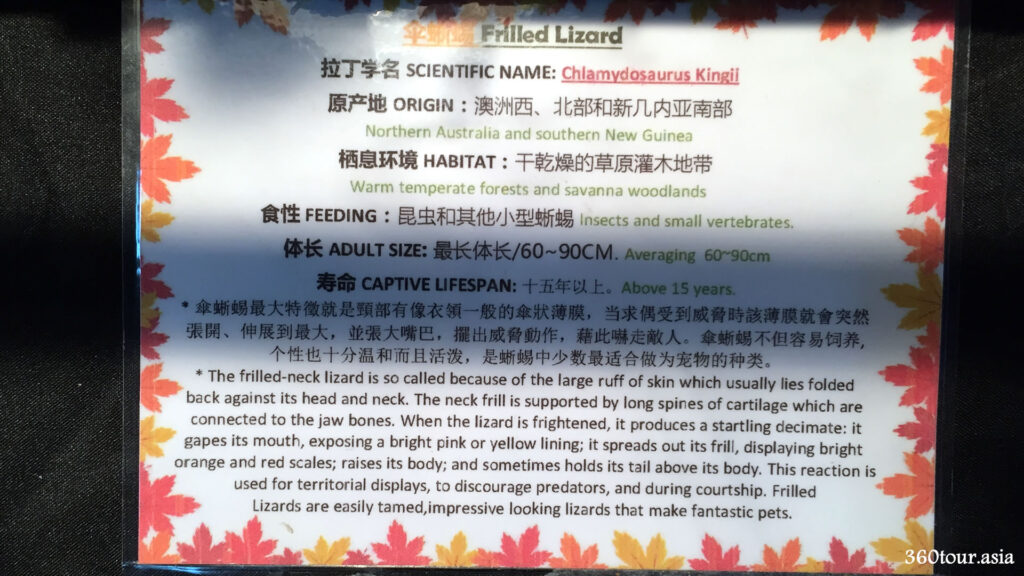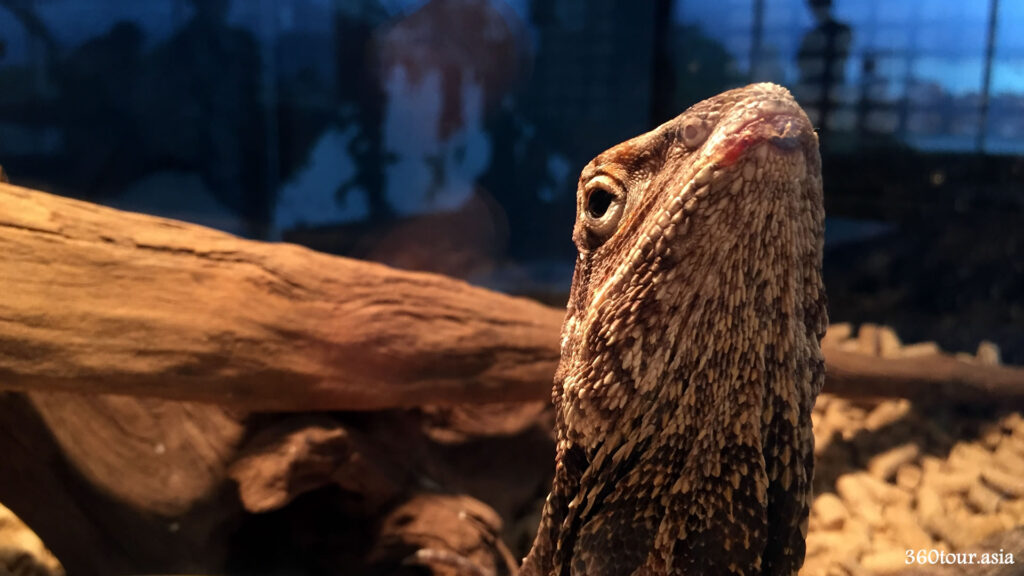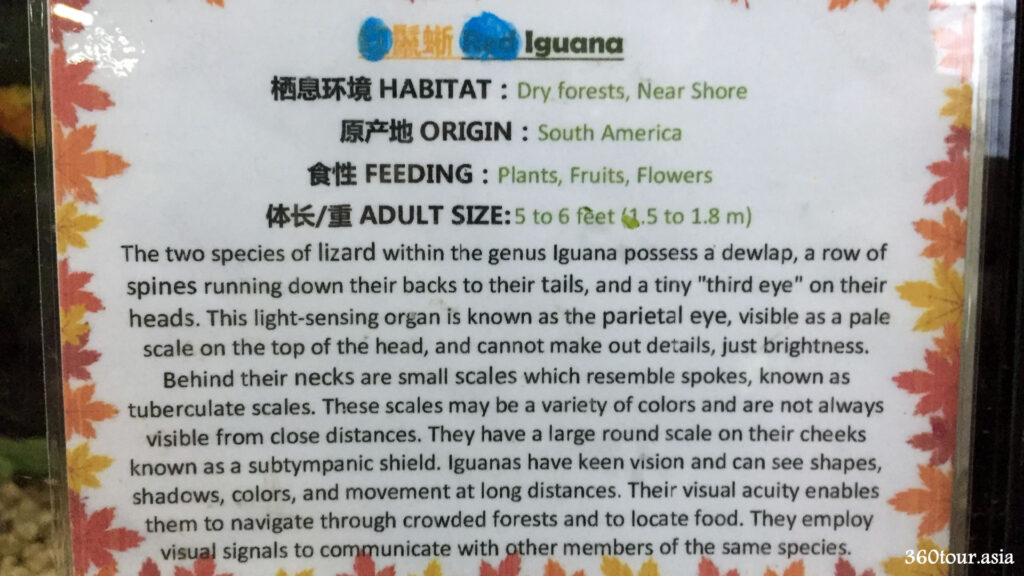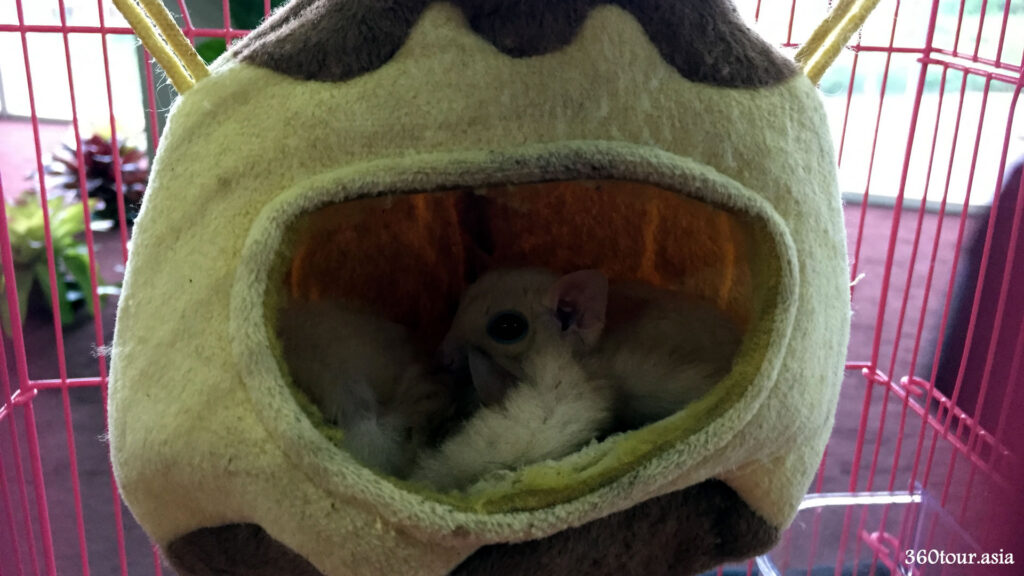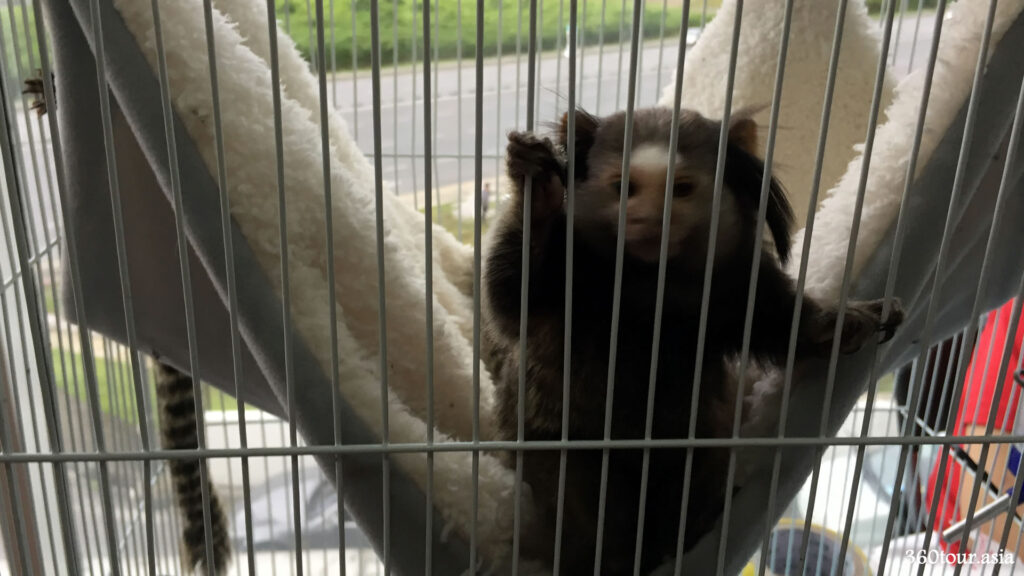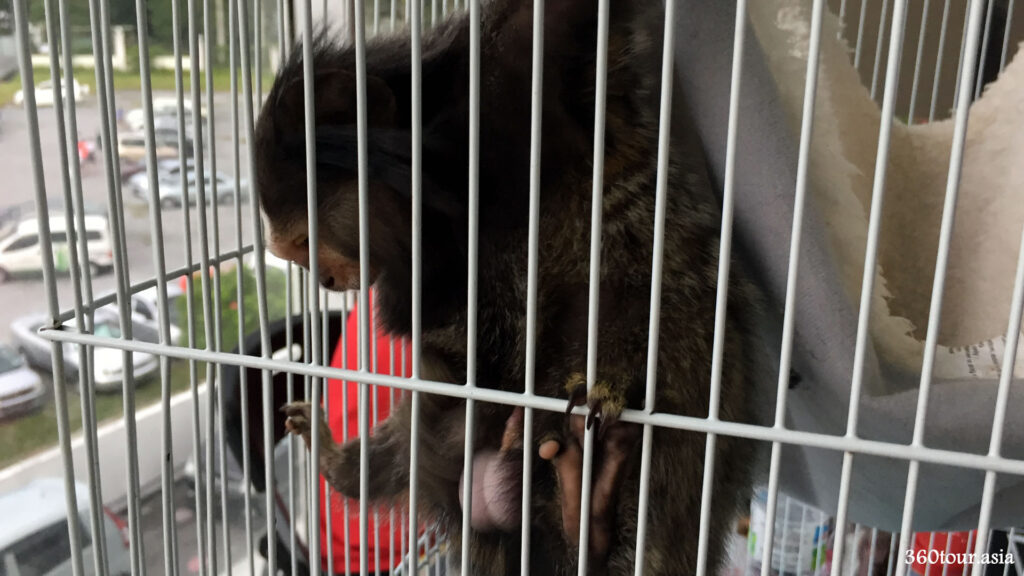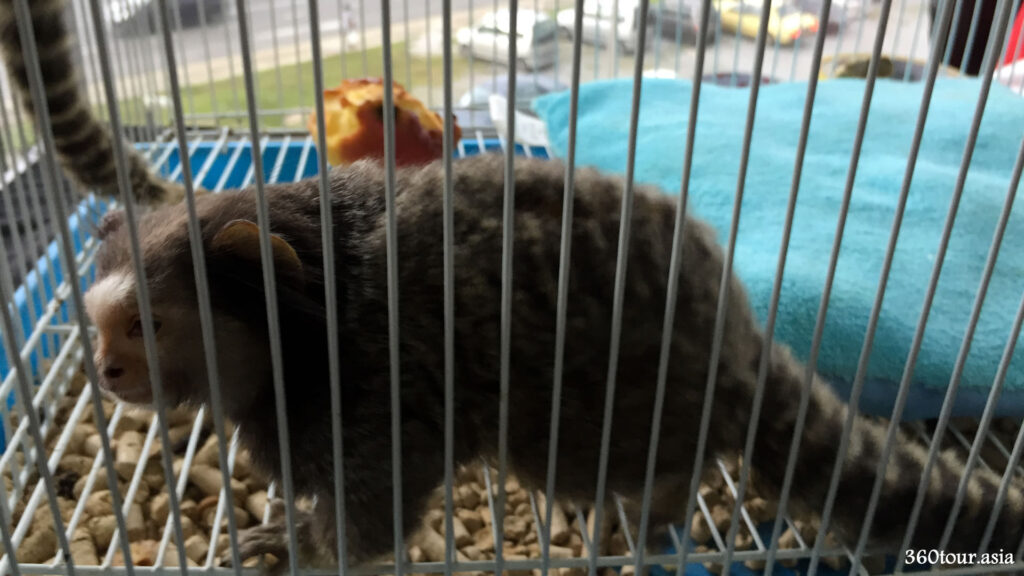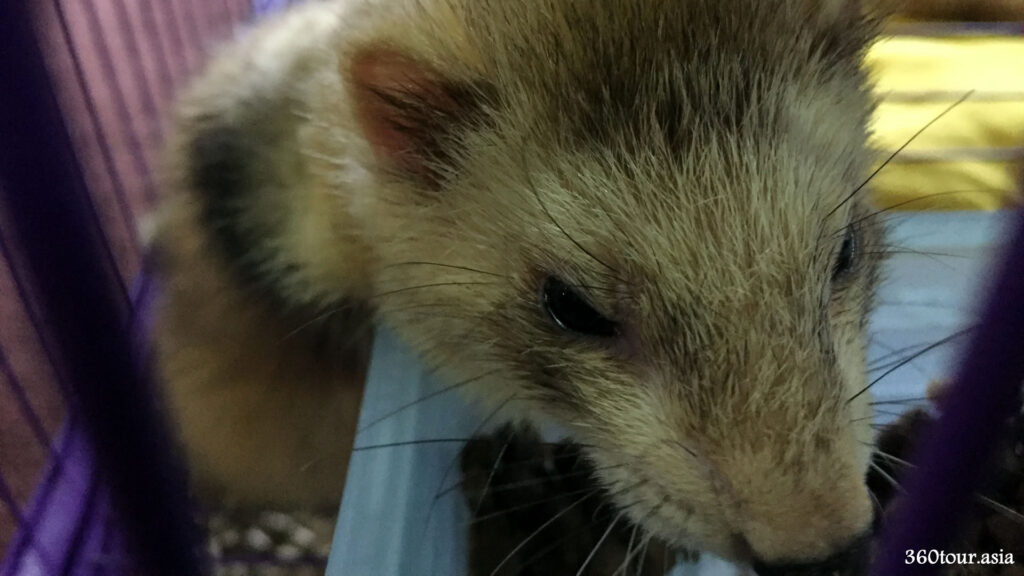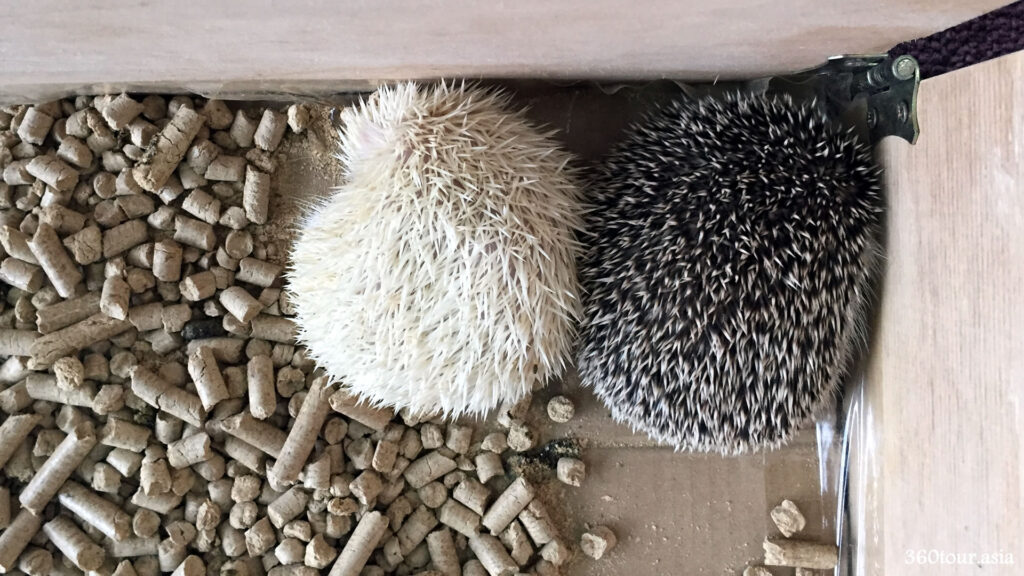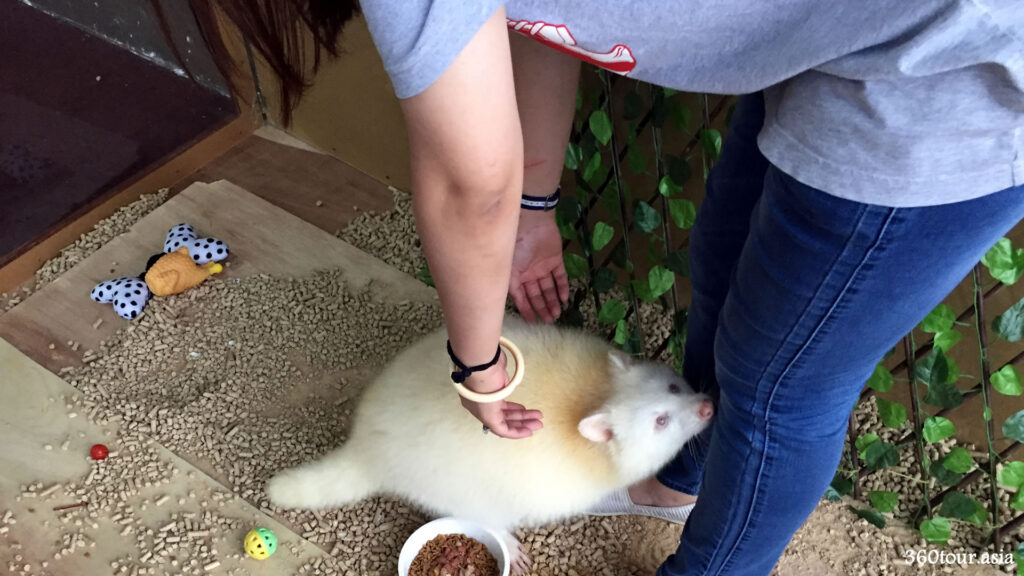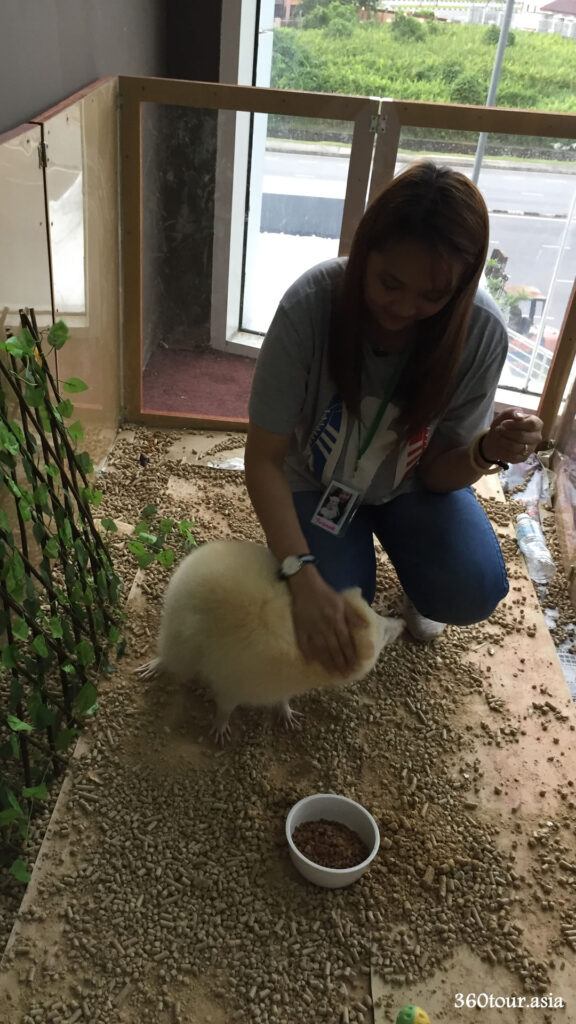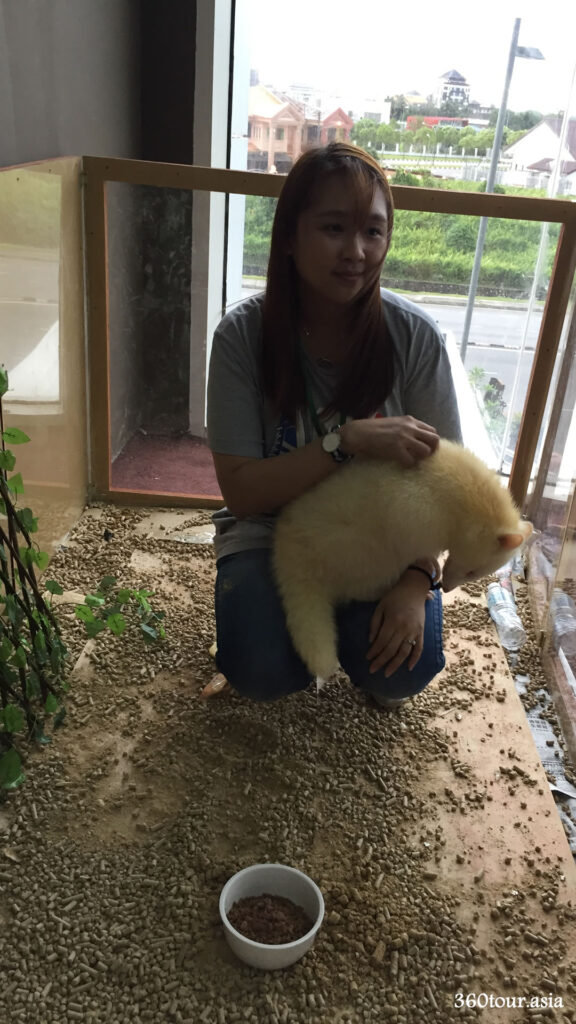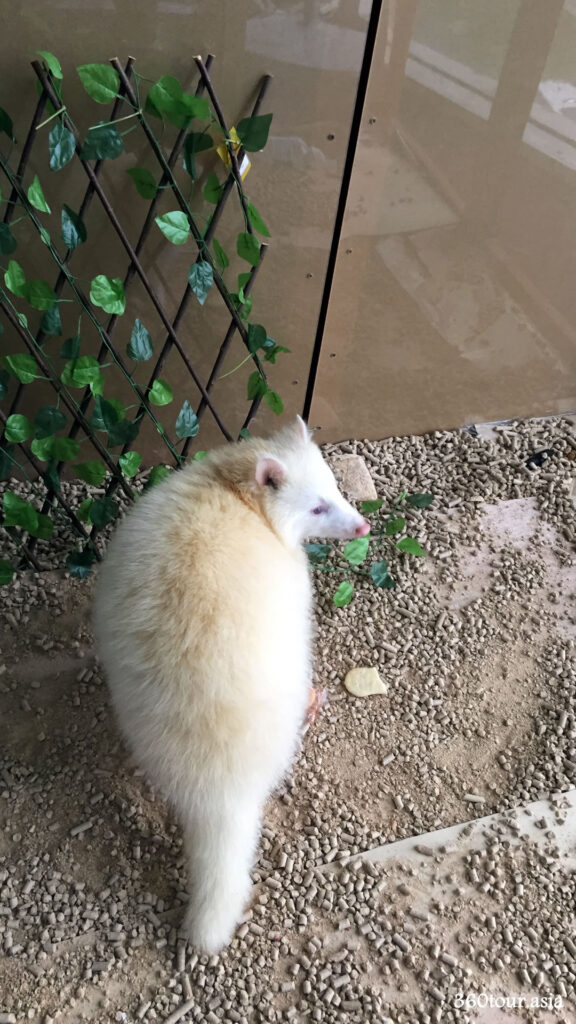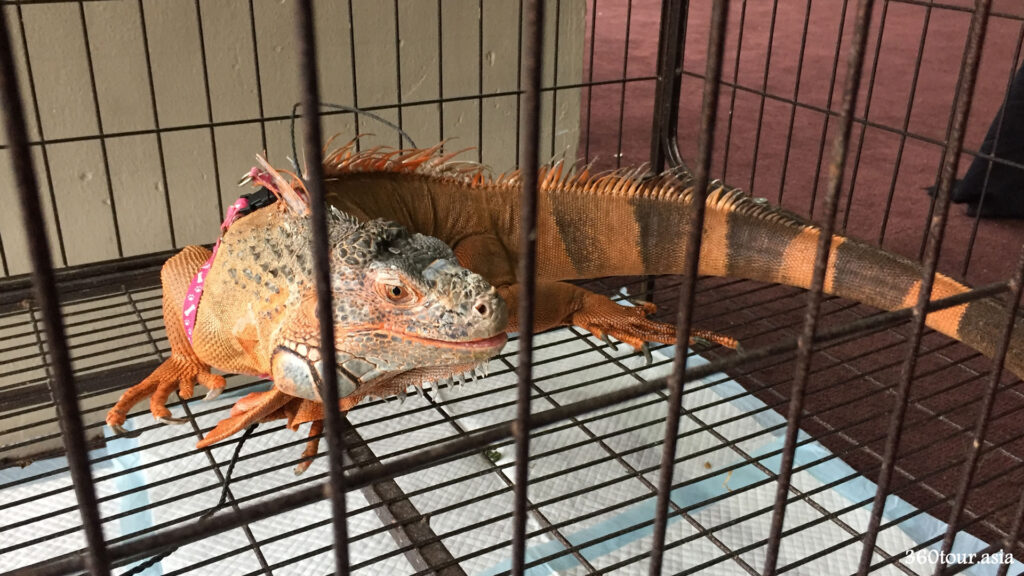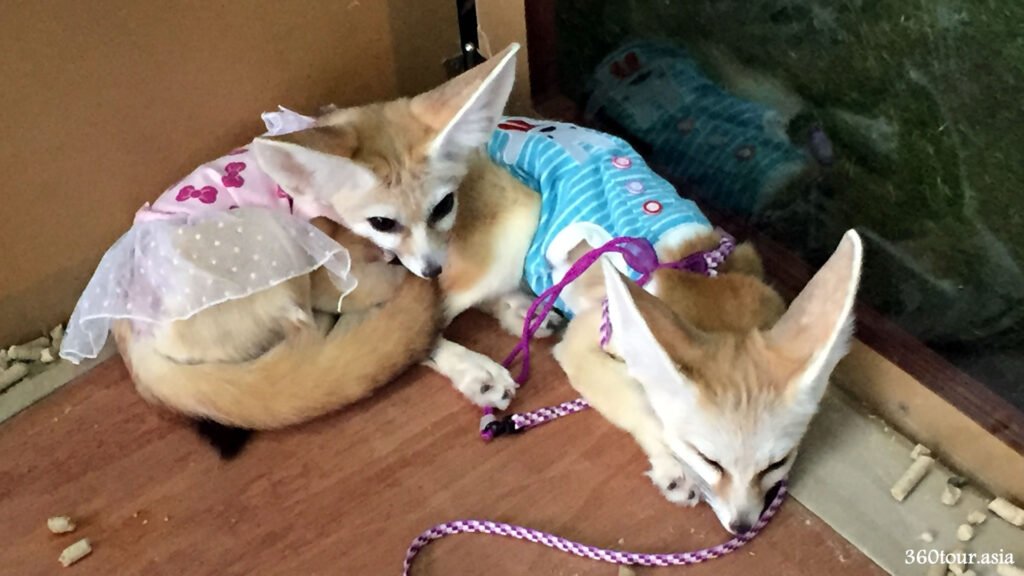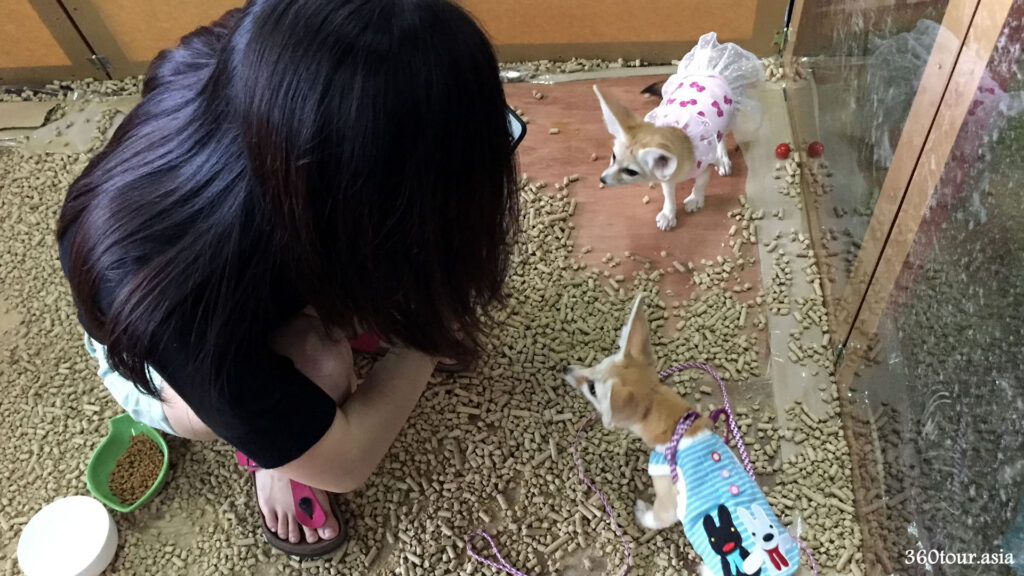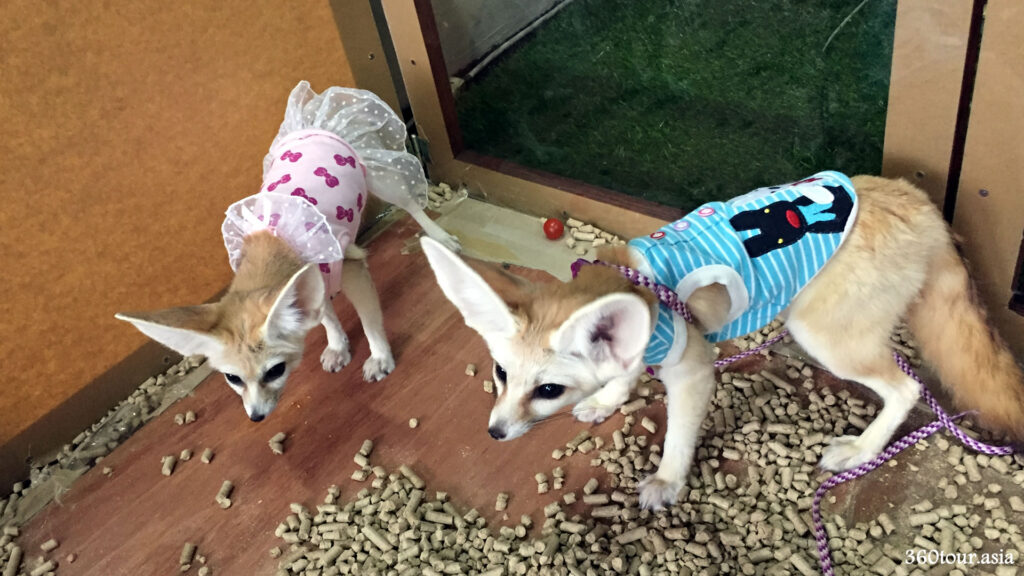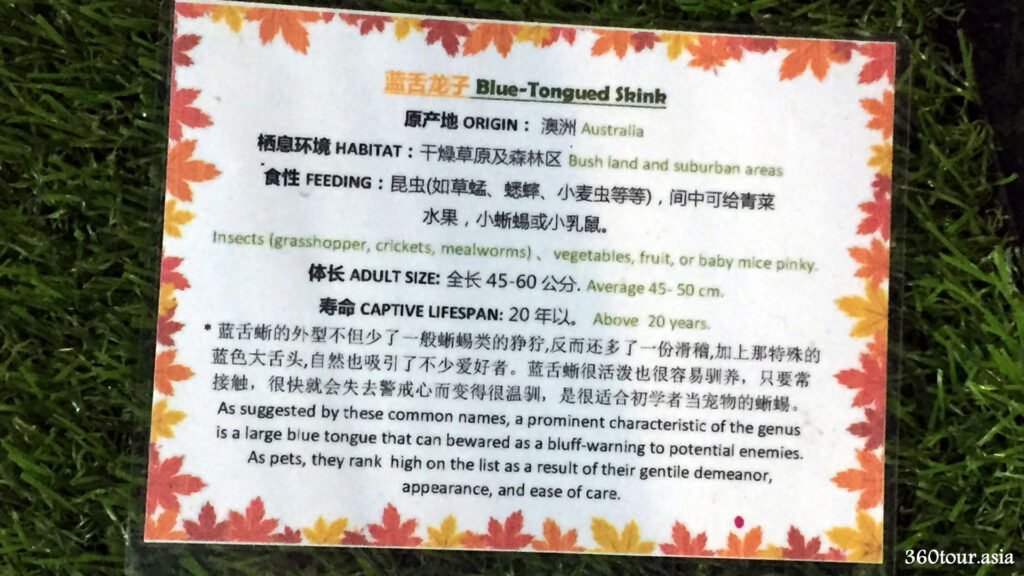Mini Zoo exhibition
Date: 23th December 2016 – 2nd January 2017
Time: 10.00am – 10.00pm
Location: Cityone Exhibition Centre
Entrance Fee: RM5/Pax
Organized by: Little Monsters Pet Station
Get to know Reptiles, Amphibians, Small Mammals, Arachnids up close and personal.
This Mini Zoo is a collaboration between Little Monsters Pet Station and POPULAR Book store, in bringing entertainment and educational fun to the public.
Privilege for Popular Members
POPULAR Privilege Card 3-year Membership:
Free Entrance for 2 (Only membership card owner + 1 pax are entitle for free entrance)
Enter with another 3 pax with entrance @ RM1/pax.
POPULAR Privilege Card 1-year membership/ Student Card:
Free Entrance for 1 (Only membership card owner entitle for free entrance.)
Enter with another 1 pax with entrance @ RM1/pax.
Card owner must present valid card together with Identification Card for verification to enter.
Tiger Salamanders
Scientific Name: Ambystoma Tigrinum
Habitat: Ponds, lakes, or slow-moving streams
Feeding: Inscects and worms, small frogs and baby mice.
Adult size: 18-35cm
Weight: 124g
Captive Lifespan: 10-16 years.
Adults often live in burrows that are usually two feet from the surface.
Tiger Salamanders are almost entirely terrestrial as adults, and usually only return to water to breed, but also they partly live in both land and water.
Although Tiger Salamander are teresterial, they are good swimmers. like all ambystomatids, they are extremely loyal to their birthplace, and will travel long distance to reach them.
However, a single tiger salamander has only 50% chance of breeding more than once in its lifetime. Males nudge a willing female to initiate mating, and then deposit a spermatophore on the lake bottom. The female picks up the packet and deposits ther now-fertilized eggs on vegetations.
Frilled Lizard
Scientific Name: Chlamydosaurus Kingii
Origin: Northern Australia and Southern New Guinea
Habitat: Warm temperate forests and savanna woodlands.
Feeding: Insects and small vertebrates.
Adult size: Averaging 60~90cm
Captive Lifespan: Above 15 years.
The frilled-neck lizard is so called because of the large ruff of skin which usually lies folded back against its head and neck.The neck frill is supported by long spines of cartilage which are connected to the jaw bones. When the lizard is frightened, it produces a startling decimate: it gapes its mouth, exposing a bright pink or yellow lining; it spreads out its frill, displaying bright orange and red scales; raises its body; and sometimes holds its tail above its body.
This reaction is used for territorial displays, to discourage predators, and during courtship. Frilled Lizards are easily tamed, impressive looking lizards that make fantastic pets.
Iguana
Habitat: Dry forest, Near Shore
Origin: South America
Feeding: Plants, Fruits, Flowers
Adult Size: 5 to 6 feet (1.5 to 1.8 m)
The two species of lizard within the genus Iguana possess a dewlap, a row of spines running down their backs to their tails, and a tiny “third eye” on their heads. This light-sensing organ is known as the parietal eye, visible as a pale scale on the top of the head, and cannot make out details, just brightness.
Behind their necks are small scales which resemble spokes, known as tuberculate scales. These scales may be a variety of colors and are not always visible from close distances. They have a large round scale on their cheeks known as a subtympanic shield.
Iguanas have keen vision and can see shapes, shadows, colors, and movement at long distances. Their visual acuity enables them to navigate through crowded forests and to locate food. They employ visual signals to communicate with other members of the same species.
Blue-Tongued Skink
Origin: Australia
Habitat: Bush land and suburban areas
Feeding: Insects (grasshopper, crickets, mealworms), Vegetables, fruit, or baby mice pinky.
Adult size: Average 45-50cm
Captive Lifespan: Above 20 years
As suggested by these common names, a prominent characteristic of the genus is a large blue tongue that can bewared as a bluff-warning to potential enemies.
As pets, they rank high on the list as a result of their gentile demeanor, appearance, and ease of care.

